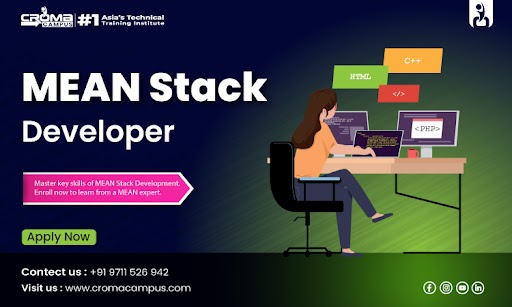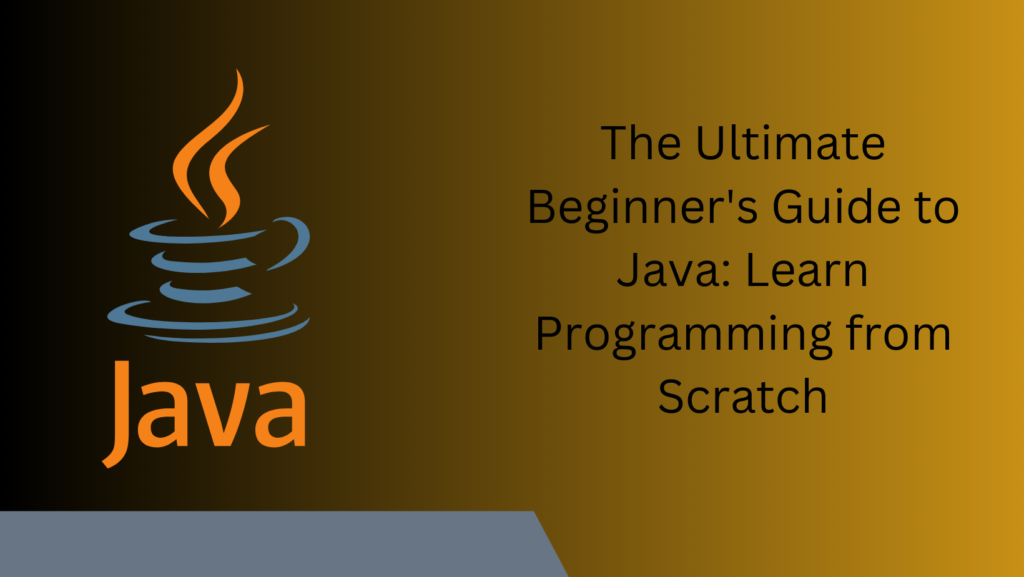Introduction
Becoming a Full Stack Developer is a highly rewarding career path, offering versatility and a wide range of opportunities in the tech industry. As a Full Stack Developer, you are equipped to handle both the front-end and back-end development of web applications. This guide will provide you with a comprehensive roadmap to becoming a Full Stack Developer in 2024, covering essential skills, tools, and best practices.
Understanding Full Stack Development
Full Stack Development involves working with both the client-side (front-end) and server-side (back-end) of web applications. This means you need to be proficient in multiple programming languages, frameworks, and tools to build, maintain, and scale web applications effectively.
Core Skills Required
1. Front-End Development
Front-end development focuses on the visual and interactive aspects of a web application. Key technologies and tools include:
-
HTML/CSS: These are the building blocks of web pages. HTML structures the content, while CSS styles it.
-
JavaScript: A crucial language for adding interactivity to web pages.
-
Front-End Frameworks/Libraries: Frameworks like React, Angular, and Vue.js help streamline the development process and manage complex UI components.
2. Back-End Development
Back-end development involves server-side logic, databases, and application integration. Key technologies include:
-
Server-Side Languages: Popular choices include Node.js, Python, Ruby, Java, and PHP.
-
Databases: Knowledge of both relational databases (like MySQL, PostgreSQL) and NoSQL databases (like MongoDB, Cassandra) is essential.
-
APIs: Understanding RESTful and GraphQL APIs for communication between client and server.
3. Version Control
-
Git: Proficiency in using Git for version control is crucial. Platforms like GitHub, GitLab, and Bitbucket are commonly used for collaboration and code management.
4. Development Tools
-
IDEs and Text Editors: Familiarity with tools like Visual Studio Code, Sublime Text, or IntelliJ IDEA.
-
Package Managers: Tools like npm (Node Package Manager) or Yarn are used for managing project dependencies.
5. Deployment and DevOps
-
Continuous Integration/Continuous Deployment (CI/CD): Tools like Jenkins, Travis CI, and CircleCI automate the testing and deployment process.
-
Cloud Services: Knowledge of cloud platforms such as AWS, Google Cloud, and Azure is beneficial for deploying and scaling applications.
Learning Path
1. Build a Strong Foundation
Start with the basics of web development:
-
HTML/CSS: Learn to create and style web pages.
-
JavaScript: Understand fundamental concepts, including variables, functions, and events.
2. Dive into Front-End Frameworks
Choose a front-end framework to specialize in:
-
React: Known for its component-based architecture and virtual DOM.
-
Angular: A comprehensive framework for building dynamic web apps.
-
Vue.js: A progressive framework that’s easy to learn and integrate.
3. Master Back-End Development
Select a back-end technology and build your skills:
-
Node.js: Popular for building scalable network applications.
-
Python (Django/Flask): Django is a high-level framework that encourages rapid development, while Flask is a micro-framework that offers flexibility.
-
Ruby on Rails: Known for its simplicity and productivity.
4. Learn Databases and APIs
-
SQL Databases: Start with MySQL or PostgreSQL to understand relational database concepts.
-
NoSQL Databases: Learn MongoDB for handling unstructured data.
-
API Development: Create and consume RESTful and GraphQL APIs.
5. Practice Version Control
-
Git: Learn to manage code versions, branches, and collaboration workflows.
6. Explore Deployment and DevOps
-
CI/CD: Set up pipelines for automated testing and deployment.
-
Cloud Platforms: Deploy your applications on AWS, Google Cloud, or Azure.
Building a Portfolio
A strong portfolio is essential for showcasing your skills to potential employers. Here are some project ideas to include:
-
Personal Website: Build a responsive personal website to showcase your skills and projects.
-
E-commerce Store: Create a full-fledged e-commerce application with user authentication, product listings, and a shopping cart.
-
Blog Platform: Develop a blogging platform where users can create, edit, and delete posts.
-
Social Media App: Build a social media application with features like user profiles, posts, and comments.
-
API Integration: Integrate third-party APIs into your applications to add functionality like payment processing or social media sharing.
Keeping Up with Industry Trends
The tech industry is constantly evolving, so staying up-to-date with the latest trends is crucial. Here are some ways to stay informed:
-
Online Courses: Platforms like Coursera,Uncodemy, Udemy, and Pluralsight offer courses on the latest technologies and best practices.
-
Tech Blogs and Websites: Follow popular tech blogs like Medium, Hacker Noon, and Smashing Magazine.
-
Community Involvement: Join online communities like Stack Overflow, Reddit, and GitHub to engage with other developers and learn from their experiences.
-
Conferences and Meetups: Attend industry conferences and local meetups to network and learn from experts.
Best Practices for Full Stack Development
-
Code Quality: Write clean, maintainable, and well-documented code.
-
Testing: Implement unit tests, integration tests, and end-to-end tests to ensure your applications are robust and bug-free.
-
Security: Follow best practices for secure coding, including input validation, authentication, and authorization.
-
Performance Optimization: Optimize your applications for performance by reducing load times, optimizing queries, and using caching.
-
Responsive Design: Ensure your web applications are mobile-friendly and provide a consistent user experience across devices.
Career Opportunities and Growth
Full Stack Developers are in high demand across various industries. Some common job titles include:
-
Full Stack Developer
-
Front-End Developer
-
Back-End Developer
-
Web Developer
-
Software Engineer
Conclusion
Becoming a Full Stack Developer in 2024 requires a blend of technical skills, practical experience, and continuous learning. By following this roadmap, building a strong portfolio, and staying updated with industry trends, you can successfully navigate your journey to becoming a Full Stack Developer. Enrolling in a Full Stack Developer course in Nagpur, Delhi, Noida, Mumbai, Indore, and other parts of India can provide you with the necessary guidance and resources. Embrace the learning process, engage with the community, and keep honing your skills to stay competitive in this dynamic and rewarding field.



